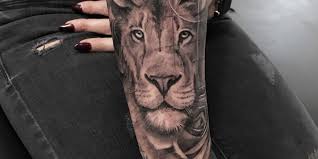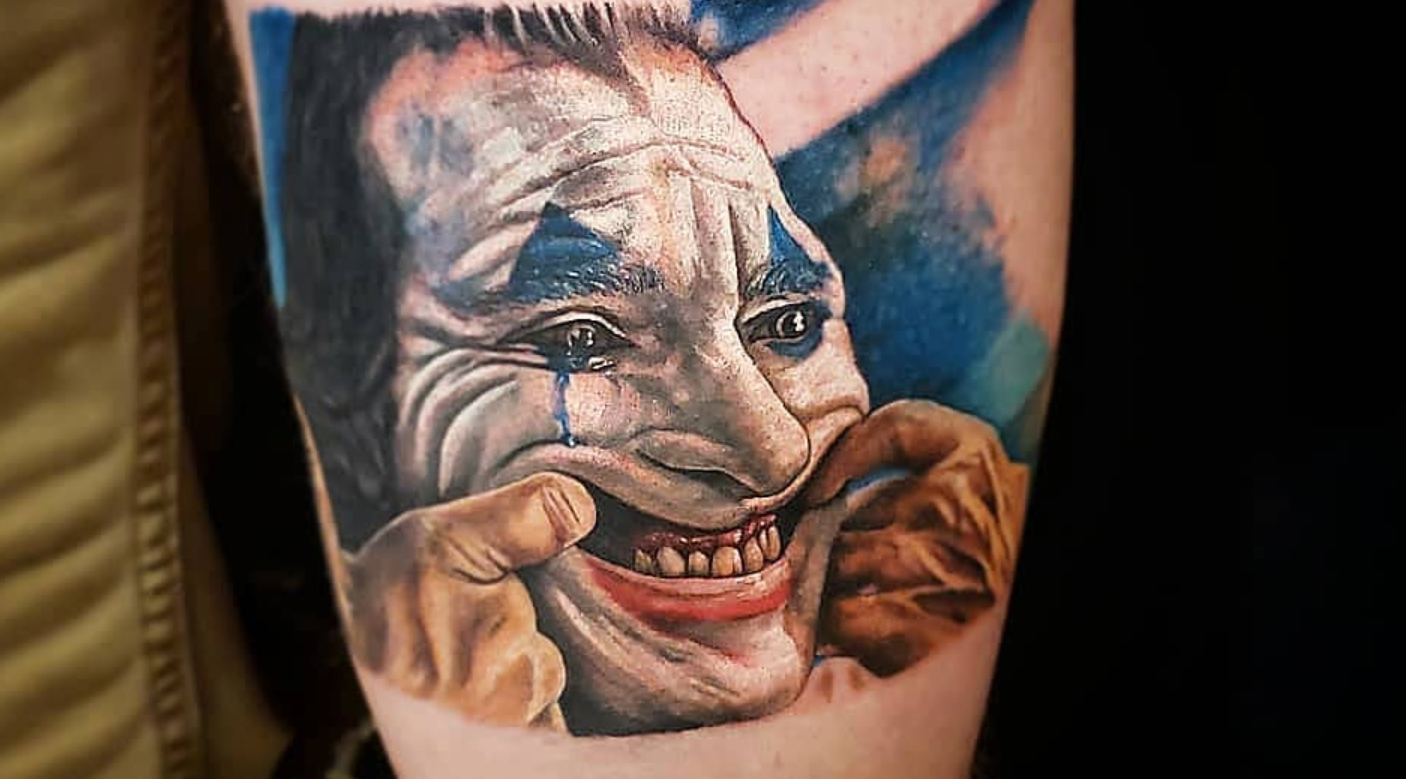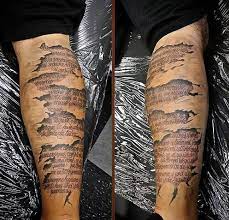
Chin stripes are one of the most prevalent locations for Eskimo tattoos among women, signaling social maturity while protecting her against enemy raids.
Hollie Mititquq Nordlum, an Alaskan artist, strives to revive this tradition and make it more accessible for modern women. Her markings serve as a means of upholding her culture.
Tribal Designs
tattoos play an integral part in Native cultures’ traditions and ceremonies, representing ancestral ties and spiritual forces as well as women’s transition from maidenhood, and motherhood to old age.
Over the past decade, Alaska women have made efforts to revive this tradition as part of a more significant effort to reclaim Indigenous cultures, viewing it both as an outlet to heal from colonization and as an expression of pride and cultural affiliation.
tattoos on the chin were traditionally placed to mark a coming of age or passage into adulthood as well as status within a tribe and tribal affiliation. Historically, tattoos were applied by elderly female artists using ivory needles and blackened thread to draw patterns under the skin. Some designs commemorated hunting or war victories, while others marked special moments in women’s lives or provided protection during raids.
Stripes
Stripes running down the chin have long been a trademark Eskimo tattoo. Worn after puberty as a signifier that women had reached social maturity, these stripes served to show that someone had reached adulthood.
A chin stripe was traditionally seen as an indicator of male virility in harsh environments and could even be decorated with symbols reflecting local culture. Additionally, its width indicated how resilient one was when dealing with life’s challenges.
A new generation of Indigenous women is rediscovering this ancient practice across Alaska and the circumpolar north. Artist Holly Mititquq Nordlum serves as a mentor for these practitioners through her Tupik Mi apprenticeship program. Tattooing, for her, is a means of recovering traditional techniques and customs that were nearly lost due to colonization; “it is an expression of pride and cultural affiliation,” she states.
Under the Chin
Chin tattoos were one of the earliest tribal tattoos, and among Inuit women, they are an age-old tradition. Used for both social maturity and protection from enemy raids, under-chin tattoos serve multiple functions for Inuit women – denoting availability for marriage by marking out your under-chin with ink and protecting women during enemy raids through stripes used as protection.
Inuit people of the Arctic region tattooed their limbs, foreheads, and torsos with ivory or bone needles and black thread tied around their hands to form designs on their bodies. Of particular note was their use of chin markings to signal social maturation and protect women against enemy raids – these became iconic chin tattoos often performed by respected older women, with this tattoo type being prominent, usually depicting either a rose with thorns or black lotus flowers as images on them.
Other Designs
Chin tattoos have been around for millennia. They remain a fashionable choice among men and women of all ages, regardless of Inuit heritage. Various methods are used for applying the designs on the skin; the most commonly chosen is flowers with words underneath your chin.
Grete Chythlook, 42, who lives in Anchorage, received her chin tattoo to represent her cultural roots.
Tradition
Tahbone, born and raised in Western Alaska, learned about her ancestors through her mother’s stories. Now working as a tattoo artist, she incorporates traditional culture and modern aesthetics elements into her work.

